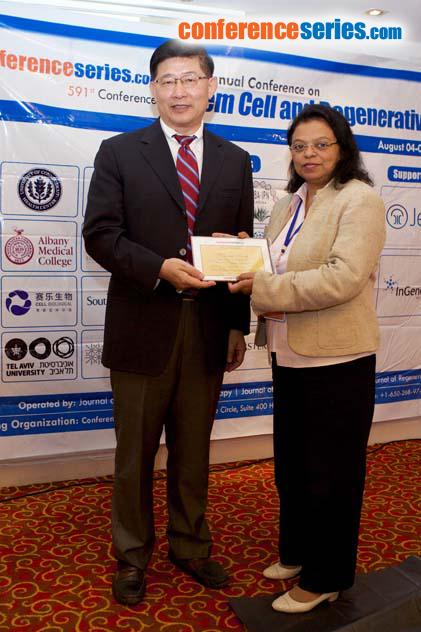
Biography
Biography: Y James Kang
Abstract
Cell-based therapy for ischemic heart disease holds a promise for the management of the disease condition. However, controversies regarding the eventually clinical benefits often arise from experimental and clinical studies. Unmatched conditions between experimental animal studies and clinical trials and the distinction between acute and chronic heart disease are major attributable factors to the controversies. Most experimental studies are carried out in young and healthy animals but clinical patients are often elders with multiple complications. Under acute ischemic heart disease conditions, freshly injured heart tissue may retain the potential for recovery. But under chronic conditions, the progressively deteriorative milieu dampens the repair mechanism, eliminating the tissue injury signals and diminishing the rejuvenation capacity. Therefore, reestablishing tissue injury signaling system and remobilizing the rejuvenation capacity would greatly enhance the efficacy of cell-based therapy for ischemic heart disease. To achieve this goal, we developed an approach to activate the tissue injury signaling system in the cardiac ischemic infarct tissue of Rhesus monkeys, reestablishing mesenchymal stem cell homing process and reacting myocardial repair mechanism. This approach, in combination with our recently established 3D bio-printing program, significantly improved the disease condition of heart failure in monkey model of myocardial ischemic infarction.



